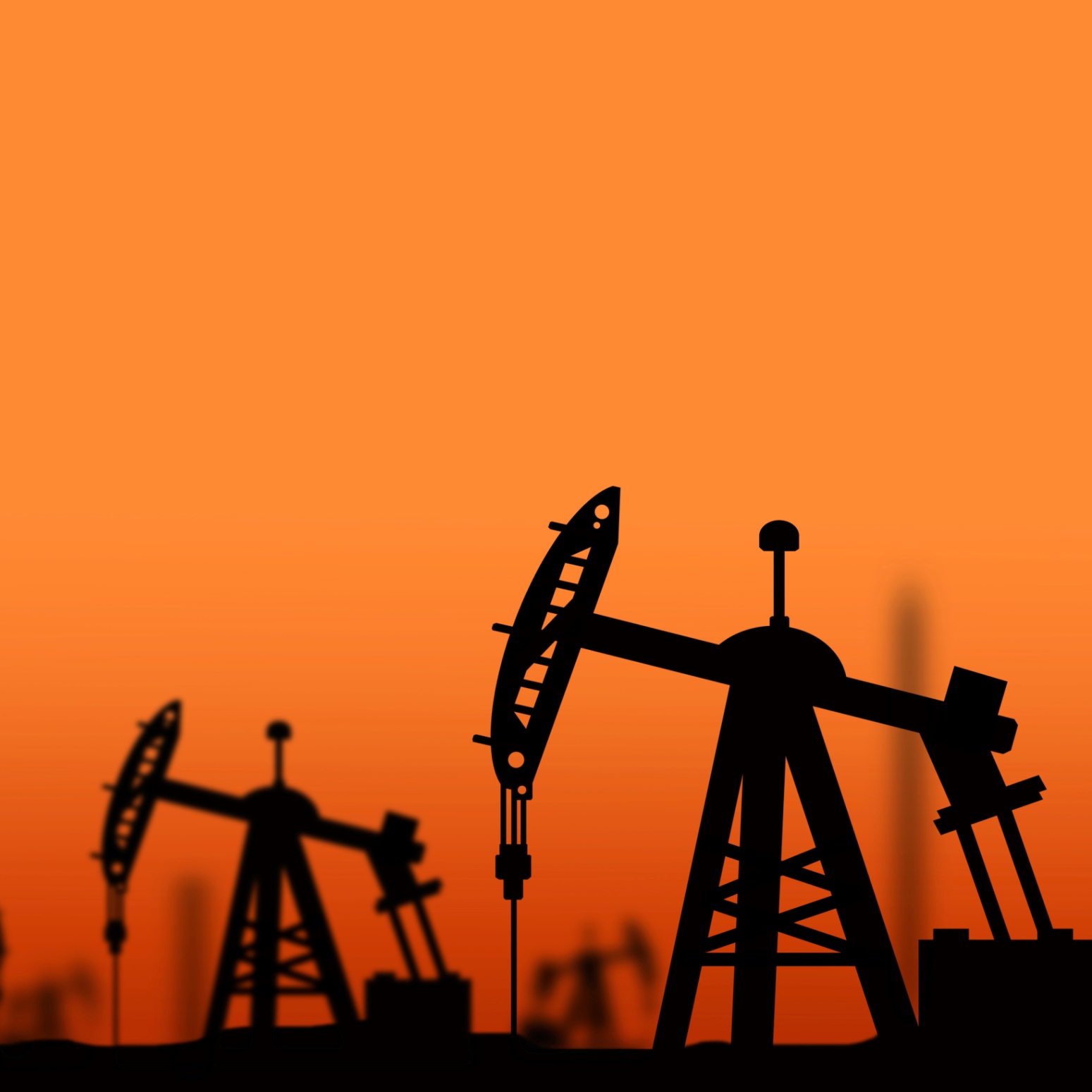
Long-term demand for oil may help support prices over the next several decades, but Organization of the Petroleum Exporting Countries (OPEC) Secretary General Abdalla S. El-Badri says the current drop in oil prices is bad for business, and he would like to see the circumstances that have caused the problem be eliminated. He is not the first person to make the point. His comments are a veiled criticism of Saudi Arabia, the leadership of which has said repeatedly that it will continue to pump oil even as prices drop.
As a matter of fact Khalid Al-Falih, Chairman of Saudi Arabian Oil, recently told reporters, according to Bloomberg, “The state-run producer, known as Saudi Aramco, can sustain low oil prices for ‘a long, long time.'”
In a presentation titled “Power, Security and Energy Markets,” El-Badri made a counterargument:
To put it simply: the market is currently going through a significant readjustment. Since July 2014, prices have fallen by more than 70 per cent, many investments have been deferred and some cancelled, manpower has been laid off, supply has been greater than demand, stocks have risen above their five-year average, and the market has been searching for balance.
The pain of this readjustment is being felt across the industry. These are tough times. But we should also remember that ‘tough times’ are nothing new for the industry. It has been here before. The story of our industry is one of many cycles, both up and down.
We have had periods when prices were low, and periods when prices were high. We have seen times when supply outstripped demand, and times when supply has struggled to keep up. There have been long periods of stability, as well as periods of instability.
[ims_survey]
Also:
It is vital the market addresses the issue of the stock overhang. As you can see from previous cycles, once this overhang starts falling then prices start to rise.
Given how this developed, it should be viewed as something OPEC and non-OPEC tackle together. Yes, OPEC provided some of the additional supply last year, but the majority of this has come from Non-OPEC countries.
It is crucial that all major producers sit down to come up with a solution to this. The market needs to see inventories come down to levels that allow prices to recover and investments to return.
This is not only crucial for producers, but consumers too. The world desires more oil, and this means more investment.
Members of OPEC outside Saudi Arabia need higher prices to keep their economies on track.
And a statement on a topic the Saudis have ignored:
OPEC sees oil demand increasing by around 17 million barrels a day between now and 2040, reaching close to 110 million barrels a day by then. And in terms of oil-related investment requirements, these are estimated to be around $10 trillion over this period.
However, the current environment is putting this future at risk. At current price levels, it is clear that not all of the necessary future investment is viable.
New barrels are needed not only to increase production, but to accommodate for decline rates from existing fields.
We need to remember that low oil prices are bad for producers today and lead to situations that are bad for consumers tomorrow. And high oil prices are bad for consumers today and lead to situations that are bad for producers tomorrow.
Thus, as I have often said, extreme prices – either too high or too low – are not in the interests of either producers or consumers.
El-Badri is not going to get what he wants.
Want to Retire Early? Start Here (Sponsor)
Want retirement to come a few years earlier than you’d planned? Or are you ready to retire now, but want an extra set of eyes on your finances?
Now you can speak with up to 3 financial experts in your area for FREE. By simply clicking here you can begin to match with financial professionals who can help you build your plan to retire early. And the best part? The first conversation with them is free.
Click here to match with up to 3 financial pros who would be excited to help you make financial decisions.
Thank you for reading! Have some feedback for us?
Contact the 24/7 Wall St. editorial team.




